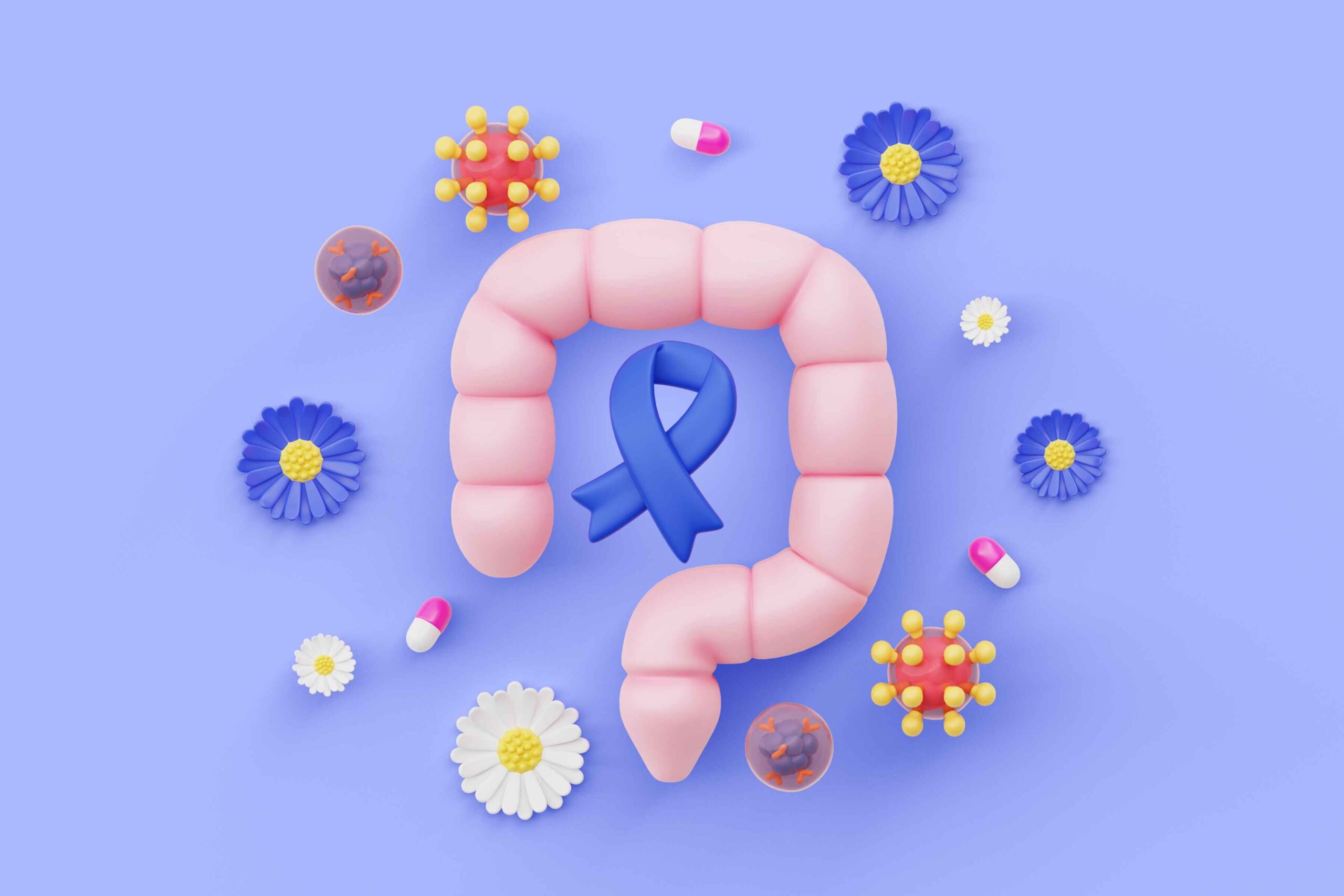
Breast cancer remains one of the most prevalent types of cancer worldwide, affecting millions of women and men alike. Advances in medical research, early detection, treatment options, and increased awareness campaigns have all contributed to understanding this complex disease better. However, many people still grapple with misconceptions, stigma, and a lack of information surrounding breast cancer. This blog post aims to delve into the intricacies of breast cancer, exploring its causes, symptoms, and the critical role awareness plays in combating this disease.
What is Breast Cancer?
Breast cancer is a malignant growth that develops in the tissues of the breast. It can originate in different parts of the breast, primarily the ducts or lobules, and can invade nearby tissues or metastasize to other organs. It is categorized into various types, such as invasive ductal carcinoma, invasive lobular carcinoma, and triple-negative breast cancer, each requiring tailored treatment approaches.
Causes of Breast Cancer
It is essential to understand the causes of breast cancer for prevention and early detection. While no single cause can be definitively pinpointed, several risk factors have been identified:
-
Genetic Factors
Family History
Women with a family history of breast cancer may have a higher risk of developing the disease. Certain mutations in BRCA1 and BRCA2 genes, increase the likelihood of breast and ovarian cancers.

Inherited Mutations
Genetic predisposition can contribute to breast cancer. Although the majority of cases are sporadic, an estimated 5-10% of cases are linked to hereditary mutations.
-
Hormonal Factors
– The duration of exposure to estrogen and progesterone—a woman’s reproductive hormones—affects the level of risk. Factors such as having menstrual periods beginning at an early age or going through menopause at a later age can increase the risk.
-
Lifestyle Factors
– Diet and Physical Activity
A sedentary lifestyle, obesity, and a diet high in saturated fats can elevate the risk of breast cancer. Conversely, a balanced diet rich in fruits, vegetables, and whole grains may help reduce risk.
-Alcohol Consumption
Studies suggest that consuming alcohol can increase the risk of breast cancer, with the risk rising with the amount ingested.
-
Environmental Factors
– Exposure to radiation, particularly in childhood, has been linked to a higher risk of breast cancer later in life. Additionally, chemicals such as certain pesticides and industrial products may also play a role, though research in this area is ongoing.
-
Age
The risk of breast cancer increases with age, particularly after age 55. Most breast cancer cases are diagnosed in women over this age, although younger women can also be affected.
Symptoms of Breast Cancer
Early detection of breast cancer is crucial for the successful treatment and management of the disease. Regular self-examinations and clinical screenings can help identify changes that could indicate breast cancer. Common symptoms include:
-
Lump or Mass
– A painless lump or mass in the breast is often one of the first signs of breast cancer. It is essential to note that while many lumps are benign, any new finding should be evaluated by a healthcare provider.
-
Changes in Breast Shape or Size
– Swelling or changes in the size or shape of the breast, particularly if it occurs suddenly and appears on one side, can signal an underlying issue.
-
Skin Changes
– Dimpling, puckering, or the appearance of a rash on the breast can indicate invasive breast cancer. Changes in skin texture, such as a scaly appearance around the nipple, may also concern.
-
Nipple Discharge
– Any discharge from the nipple that is not related to breastfeeding, especially if it includes blood, should be investigated by a medical professional.
-
Pain or Tenderness
– While breast pain is often linked to hormonal changes or benign conditions, persistent pain—especially if associated with swelling or other changes—warrants examination.
The Importance of Awareness
Breast cancer awareness is pivotal in reducing mortality rates and effectively addressing the disease. Awareness campaigns focus on education, prevention, and early detection, leading to significant improvements in diagnosis and treatment. Here are a few ways awareness influences breast cancer management:
-
Education and Outreach
– Public awareness campaigns, such as Breast Cancer Awareness Month in October, play an essential role in educating individuals about the risk factors, symptoms, and importance of regular screenings, including mammograms.
-
Promoting Regular Screenings
– Regular screenings can lead to early detection, which is linked to positive prognoses. Women over the age of 40, or those with risk factors, should have annual mammograms. Finding breast cancer early can significantly increase the chance of successful treatment.
-
Reducing Stigma
– Awareness initiatives also strive to reduce the stigma associated with breast cancer, encouraging open discussions around symptoms, treatments, and mental wellbeing among survivors and patients.
-
Support Networks
– Awareness encourages the establishment of support groups and networks that provide emotional and psychological support to individuals affected by breast cancer. Connecting with others who share similar experiences can be invaluable during treatment and recovery.
-
Funding Research
– Increased awareness often translates to more funding and resources directed toward breast cancer research. Investing in research enables scientists and healthcare professionals to develop innovative treatments and improve patient care.
Conclusion
Breast cancer is a multifaceted disease that affects many individuals and families across the globe. Understanding its causes, recognizing the symptoms, and promoting awareness are critical components in the fight against this illness. By fostering a culture of awareness and proactive health measures, we can work towards reducing the incidence of breast cancer and improving outcomes for those affected.
Ultimately, the more we share knowledge and encourage open discussions about breast cancer, the closer we get to a future where early detection, effective treatment, and supportive care are standard for all. Women and men must take charge of their health by prioritizing screenings, advocating for themselves, and participating in community awareness initiatives. Together, we can create a world where breast cancer is no longer a leading cause of mortality.
Suggestions for readers
Amazon.com
- Sometimes You Forget You Are Awesome Gifts for Women Christmas Gifts for Mom
- HAPPYPOP Christmas Gifts For Women – Breast Cancer Socks, Breast Cancer Awareness Gifts, Inspirational Gifts
- Get Well Gifts For Women, Inspirational Gifts For Women, Sending Hugs Gifts For Women
- SteadStyle Get Well Soon Gifts for Women – Inspirational Gifts Blanket, Feel Better After Surgery Gifts for Sick Women
Amazon.in
- DIGITAL SHOPEE Women’s Fur Skull Cap (Esg-Black-Winter-Woolen-Cap_Black_M), Medium
- The Cancer Code : A Revolutionary New Understanding Of A Medical Mystery
- Your Life In Your Hands: Understand, Prevent and Overcome Breast Cancer and Ovarian Cancer


